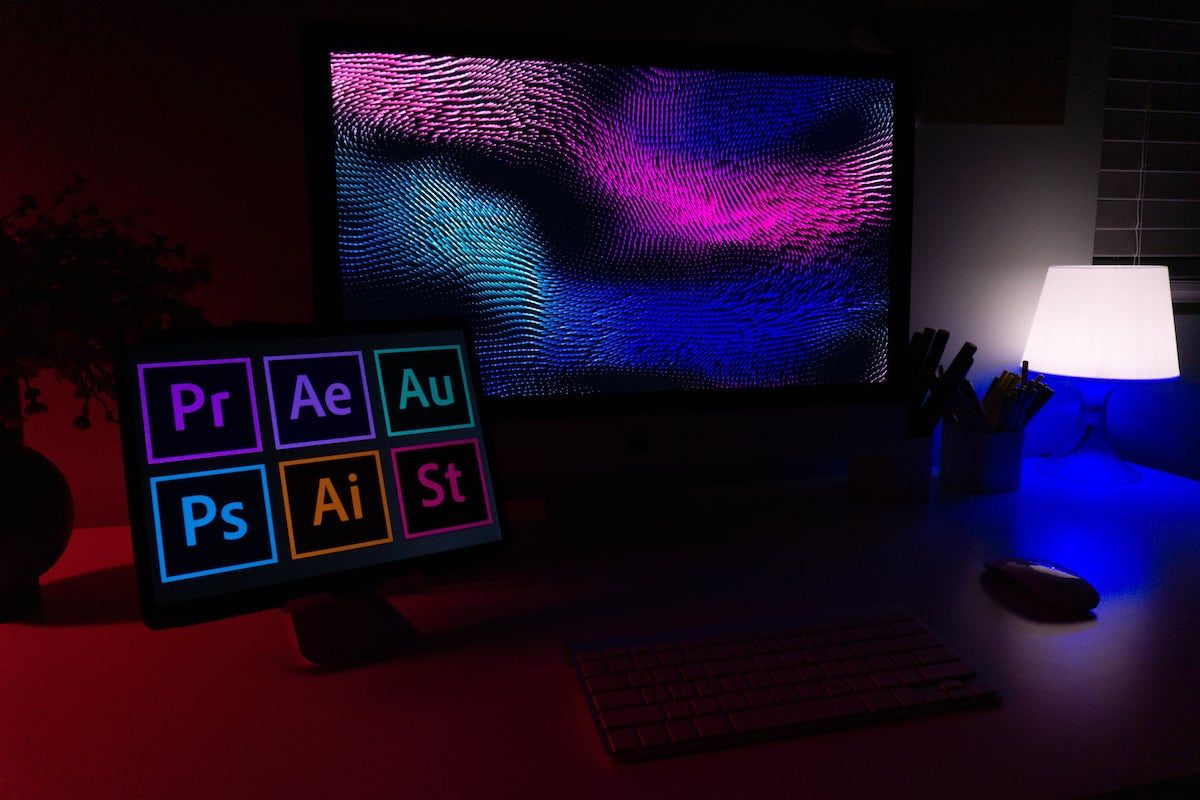Post-Production: 10 Steps Needed in the Filmmaking Process
Hire film gear from local filmmakers.

Hire film gear from local filmmakers.
Production is a hustle.
Unfortunately, recording every viewpoint and scenario on your shot list... is only the first step in the process.
Once you pack your things, you go home only to embrace another challenging operation: Post-production.
If you want to create a movie, you can not go without it. Before the post-production process, you have a video. After it, you have a story.
What is post-production in film?
Post-production is a process that involves editing audio and visual material to create a movie. There are several steps involved, and large-scale projects have different teams (with editors, sound engineers, foley artists, colorists, and more).
An edit involves assembling footage, adding music, and incorporating other visual and sound effects.
All these elements play a role in producing the multisensory experience you envisioned.

10 Steps in the post-production process
1. Picture editing
First, the scenes are placed in order and checked for continuity. Once this is done, pictures can be locked so that everything else can begin being added. Such is crucial as it allows for revisions and new ideas to be tried and tested.
2. Sound editing
Whether it is human voices, music, or effects, sound plays a crucial role in creating an atmosphere and conveying emotions. In this part, the editor will gather and organize the audio tracks of a film, remove unwanted noise, and add sound effects.
3. Scoring music
A film score is a piece of music that accompanies a film and helps create a mood for each scene. Ideally, you would work with a musician and have an original soundtrack for your movie. As the world is imperfect and such is not always possible, you need to license other people’s music.
4. Adding VFX

An editor can manipulate (or even create) imagery in the context of a live-action shot in filmmaking and video production. Magic? No, special effects. Such allow one to create scenes that otherwise would not be possible by giving life to computer-generated imagery. A few decades ago, this would be an expensive and laborious process. Nowadays, you can play around with special effects with a laptop and inexpensive software.
5. Sound mixing
Sound mixing refers to matching the audio levels of all the sounds in a film. Such includes conversations, foley (like footsteps or rain), and music. A sound mixer must adjust every audio file to make it sound clear, crisp, and seamless. The person behind it must be very organized and attentive to detail (not to mention: patient).
6. Color correction & grading
When everything is where it is supposed to be, editors lock pictures. Then, they will go through every shot to digitally adjust and refine the hues and light to create continuity and a consistent mood.
7. Graphics

At this point, it is time to create title cards, credits, and other graphics. Do not be afraid of not following the classics. There are no rules, and you can use this stage to add personal signature details. Remember, everything is a part of your story. Yes, even the credits when half the audience is already standing up.
8. Prepping for distribution
Before getting your film out there, ensure you have all the components you need. Especially if you aim to distribute it internationally, you can not disregard some elements. In short, have a Music and Effects track (meaning, without dialogue), write a script with the exact time code for every word spoken, and create a Digital Cinema Package (that has the final copy of your movie encoded).
9. Advertising the film
Creating is a wholesome process that nourishes the soul of artists (such as you, filmmaker). Still, you will want your piece of work to reach other people. That said, you need to think about advertising. Develop advertising materials (such as a poster) and consider the channels you can use. If you have a marketing-oriented friend, executing a campaign may give your film some extra dozens pair of eyes.
10. Create and distribute movie trailer

Some trailers are a piece of art themselves. Pull out the most exciting and noteworthy bits from your film and make your viewer crave to see more.
3 Popular post-production software
If you are reading this, chances are you can not (yet) afford editors, sound engineers, foley artists, and colorists. Fortunately, there are several excellent software out there that will help you. Some of the best are:
- Avid Media Composer
- Final Cut Pro
- Adobe Premiere
Learn more filmmaking processes
Now that you understand what post-production is do not stop here. There is so much more you can learn. Learn more about filmmaking processes.
What is post-production?
A process that involves editing audio and visual material to create a movie.
How long does post-production take?
From a couple of weeks to several months, depending on the project.























